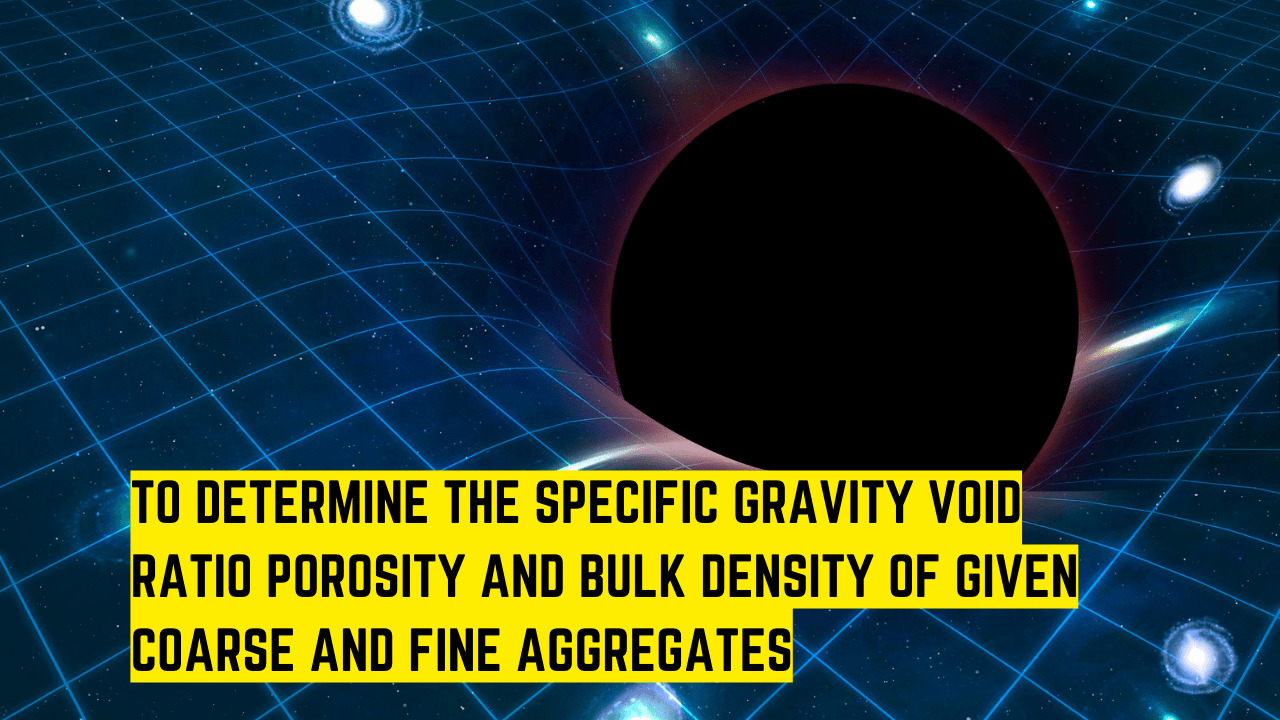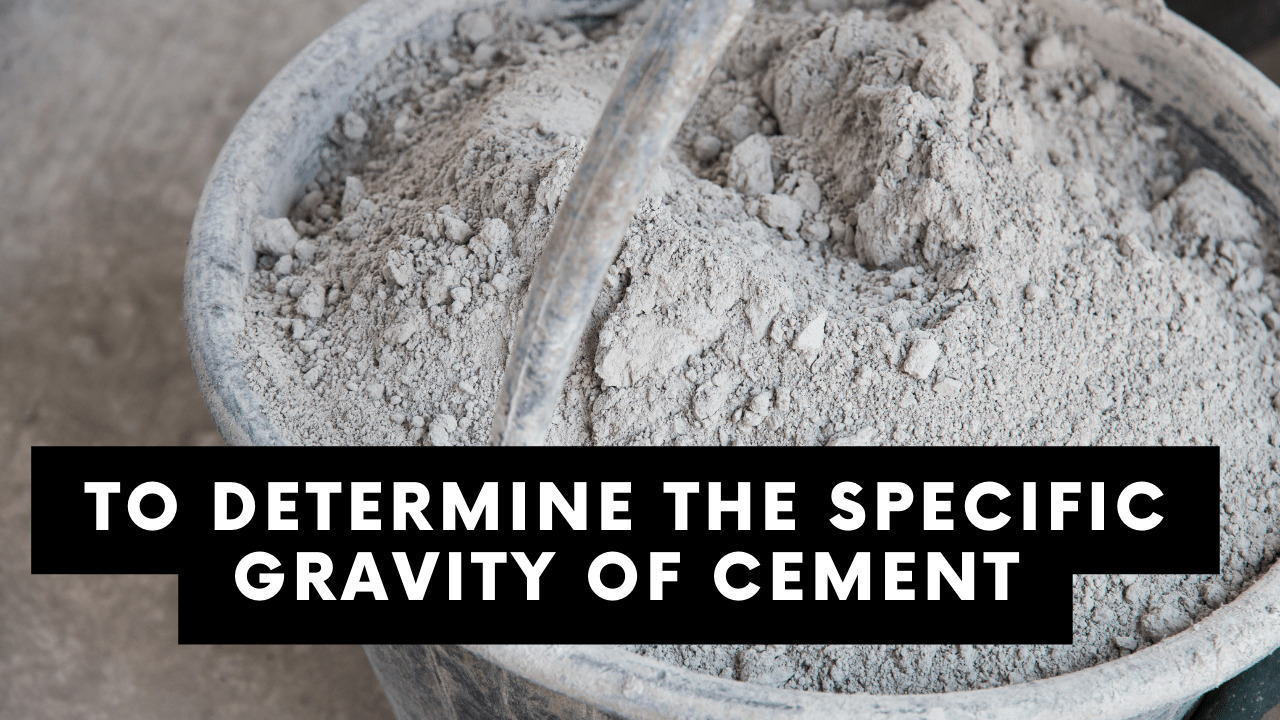Table of Contents
Introduction:
All the objects in the world have a certain mass based on which the volume as well as the objects stability is decided. Any object in the sphere stands under the action of some attractions which help to stand still and absolute. The weight of any object/human is the multiplication of the mass of the body to the gravitational acceleration 9.8 m/s2.
Gravity is one of the vital force on earth to help everything settle on their places. Without the Centre of gravity the objects will not stand and feel like stranded/floating as on other planets. Therefore, to attain equilibrium gravity is the most important component.
Related theory:
The Centre of gravity of any object can be determined through both theoretical or experimental means. It is that specific point of the object where the whole mass of it acts concentratedly as a result of the attractive force of the gravity.

Figure 1 Center of gravity
Both the methods are discussed below:
Theoretical method:
The theoretical determination is based on the various formulas derived from the body shapes varying body to body and shape to shape such as for triangular objects it is defined as the intersection point of all the medians, for rectangles it is the diagonals intersection point and so on.
Experimental method:
The experimental determination of the Centre of gravity is done by adopting a short setup listed below and locating the COG using the plumb line. As we already know that the mass acts concentratedly on the objects center to make it stand still and balance the gravity action.
Standards:
There are no certain standards set up for this method.
Apparatus:
- Cardboard
- Wooden stand
- Nails
- Thread/plumb line
- Marker
- Ruler
- A4 paper
Procedure:
- Place the stand on the table.
- Attach the paper/object on it though nails.
- Run the plumb line through the object and mark the point where the plumb line is exactly straight acting downward under the action of its weight.
- Repeat the same through 3 to 4 points and mark the point where all these intersect each other as the Centre for gravity of the object.
- Repeat at least three points to have an accurate value.
Observations:
Centre of gravity #1: ________
Centre of gravity #2: ________
Centre of gravity #3: ________
Centre of gravity = mean of the above values.
Calculations:
The theoretical values are determined by using the respective formulas.
Comments:
The theoretical and the calculated values are compared and a certain set of conclusions are determined along with the abnormalities if any.
Precautions:
- The plumb line should be freely moving.
- The apparatus should be properly set.
- The marker should be accurately used.





